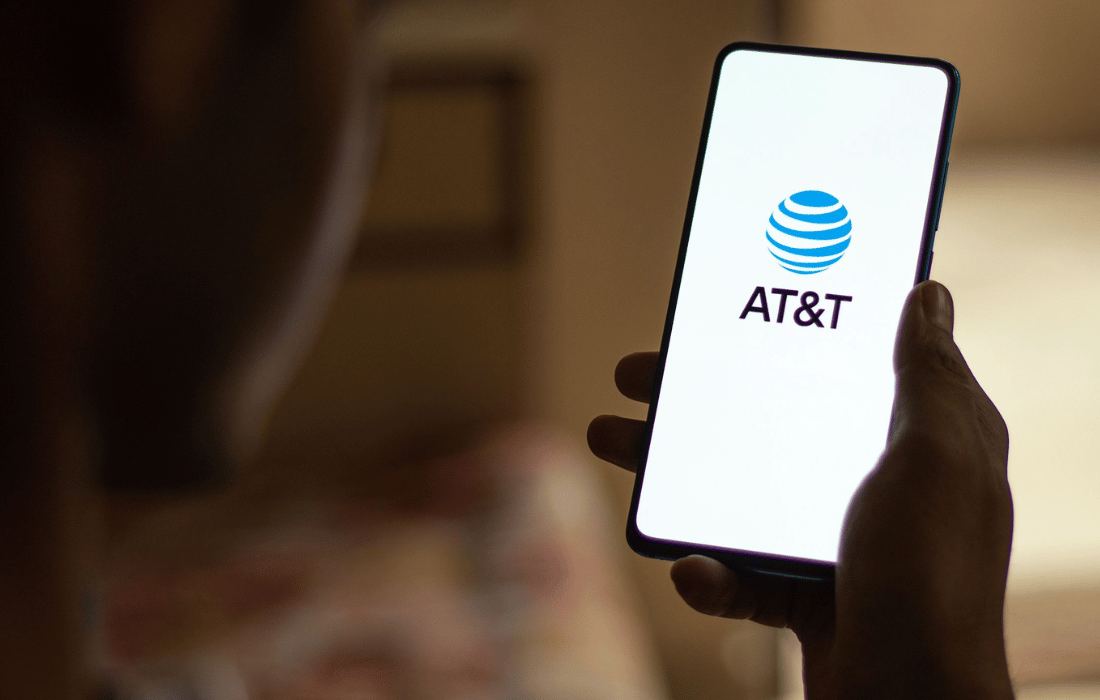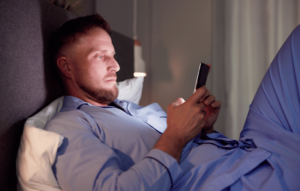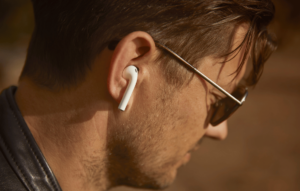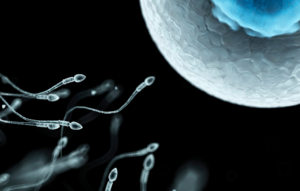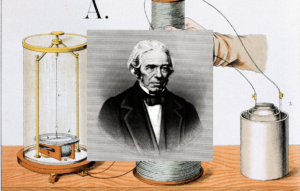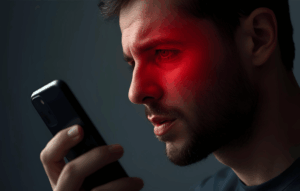In 2025, there’s a smart device in every backpack, bedroom, and hand. Kids learn on iPads, call mom from cellphones, fall asleep next to glowing tablets, and stream cartoons through Bluetooth headphones. Wireless radiation has become an invisible companion, and maybe an invisible threat.
But here’s the kicker: the American Academy of Pediatrics (AAP) hasn’t updated its guidance on cellphone radiation in nearly a decade.
Even more concerning, AT&T, one of the largest telecom companies on the planet, is listed as a corporate sponsor of the AAP’s parenting advice site, HealthyChildren.org. That’s the same AAP that claims to be committed to protecting children’s health and development.
This isn’t just a missed update. It’s a reflection of a much bigger problem.
The Outdated Page Hiding in Plain Sight
The AAP’s page titled “Cell Phone Radiation & Children’s Health: What Parents Need to Know” was last touched on June 13, 2016. That was back when the iPhone 7 hadn’t even been released. Since then, we’ve seen the launch of 5G, a massive surge in screen time for toddlers and teens, and an explosion of wireless devices per household.
Yet the AAP is still citing partial findings from the National Toxicology Program (NTP), not the 2018 final report that declared “clear evidence” of cancer in male rats exposed to cellphone radiation.
And it’s not just one study. That same year, Italy’s Ramazzini Institute released findings echoing the same risks: cancerous tumors in rats, even at lower exposure levels.
A 2025 systematic review, commissioned by the World Health Organization, went even further. It found high-certainty evidence that cellphone radiation causes specific types of cancer in animals. That’s not a vague maybe, that’s a scientific red flag waving in plain sight.
Meanwhile, the AAP’s webpage continues to downplay the concern with phrases like “parents should not panic,” and safety tips that feel more like band-aids on bullet wounds.
Following the Money: Who’s Funding What?
AT&T, Sanofi, and the Corporate Influence Nobody Wants to Admit
HealthyChildren.org is branded as a trusted resource for millions of families — a safe place to go for advice on everything from breastfeeding to screen time. But scroll down and you’ll see five corporate sponsors, including AT&T, Sanofi, and Genentech.
It’s not a coincidence that the AAP offers live webinars for RSV shots sponsored by Sanofi, while radiation risks are tucked away on an outdated page. There’s no campaign to educate parents on safe tech use, no downloadable PDFs, no classroom resources, no urgency.
Miriam Eckenfels of Children’s Health Defense called it what it is:
“It appears the website’s financial support may be influencing its content.”
And that’s the quiet danger — not just the radiation itself, but the way the science gets massaged, reframed, or completely ignored to fit around sponsor interests.
The Inconvenient Science the AAP Ignores
Research Has Progressed, but Policy Hasn’t
This goes beyond rodents. Cellphone radiation impacts human cells — that much is clear. Numerous studies have shown that RF exposure can:
Disrupt calcium ion signaling in the brain
Induce oxidative stress, a driver of inflammation and aging
Increase DNA strand breaks
Suppress melatonin and disrupt circadian rhythm
And when it comes to children, the risks multiply. Their skulls are thinner, their brains are still developing, and their exposure begins at birth. A 4-year-old using a tablet daily is exposed to far more cumulative radiation than anyone was a generation ago.
The AAP even admits that FCC safety testing is based on adult body models, not children, and still, they haven’t updated their call to action. Not even after Children’s Health Defense won a lawsuit against the FCC in 2021, forcing the agency to re-examine its obsolete 1996 radiation exposure guidelines.
That’s right. The FCC still uses a 1996 framework for wireless safety, from a time before Wi-Fi was even common. And the AAP has done little more than passively acknowledge it.
What’s at Stake for Men and Future Fathers?
Fertility, Hormonal Health, and Long-Term Impacts
This isn’t just about kids. Wireless radiation exposure hits men, too — and it hits where it hurts.
Sperm counts are plummeting, and RF exposure is now a confirmed contributor
Testosterone levels are dropping, potentially linked to EMF-induced oxidative damage
Mitochondrial function suffers, impacting energy, metabolism, and immune response
For men in their 20s and 30s, especially those planning to become fathers, this matters more than ever. Keeping a phone in your front pocket for hours a day, using Bluetooth earbuds, or sleeping next to a wireless router may seem harmless until you start examining the data.
We can’t afford to keep treating EMFs like they’re fringe concerns. Especially not when the evidence is piling up and institutions we’re supposed to trust are asleep at the wheel.
Practical Steps to Take Control of EMF Exposure
You don’t need to throw out your phone. But you do need to get smart. Here are real-world, common-sense steps that reduce your exposure without disrupting your life:
Use airplane mode when not actively using your phone
Download media instead of streaming on wireless
Keep phones off the body, especially near reproductive organs
Use wired earbuds or speakerphone for calls
Avoid using electronics directly on your lap or against your head
Unplug routers at night, especially in kids’ bedrooms
Educate your kids about tech hygiene — make it a family conversation
Invest in science-backed EMF protection, like Aires Tech devices (save 25% with code “PRIME”)
Why Aires Deserves a Mention Here
Aires isn’t trying to scare you. It’s offering solutions backed by science. Their

patented technology doesn’t block EMF: it restructures and modulates it, reducing its biological impact on the body.
Unlike fear-based EMF blockers that promise protection with no data, Aires has conducted peer-reviewed and clinical studies showing meaningful biological results:
Normalization of cell behavior under RF stress
Reduction in markers of oxidative stress
Improved cellular resilience against environmental radiation
The devices are small, easy to use, and require zero lifestyle overhaul. For families looking for protection without paranoia, it’s one of the few options that’s both legitimate and user-friendly.
And while the AAP remains stuck in 2016, Aires Tech is moving forward — building bridges between health, technology, and modern living.
Final Thoughts: Don’t Wait for the Experts to Catch Up
The AAP may eventually get around to updating its wireless radiation guidance. Maybe after another wave of lawsuits. Maybe once enough kids grow up with brain fog, hormonal disruption, or unexplained fertility issues.
But you don’t have to wait.
Because this isn’t about fear. It’s about informed, proactive action. The kind of action that doesn’t need to be sanctioned by outdated medical boards or corporate-backed associations. The kind of action that men, and especially fathers, are called to take every day.
When institutions remain silent, you become the protector. The critical thinker. The first line of defense.
And maybe that’s the silver lining here: you’re not powerless. You just have to stop outsourcing your safety to those who have stopped keeping up with the science.

